Typhoon Mk-1B
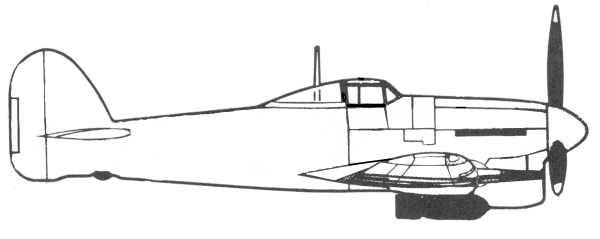
The Hawker Typhoon was already being designed as a potential replacement for the Hurricane prior to the first production version of that aircraft had taken to the air. This massive new fighter, the heaviest and most powerful single seat, single engined warplane envisaged at the time of its design, was to suffer a long gestatory period. It was to be pressed into operational service before it was fully developed and, in consequence, acquire a worse reputation among its pilots than any fighter preceding it. It was fated to be rarely employed in the interceptor role for which it had been designed. Yet despite all of this it was to blossom into one of the most formidable weapons evolved during the Second World War; a close support fighter that was to turn the scales in many land battles and upset many conceptions of land warfare.
Due to the need to produce the Hurricane, the first production Typhoon IA powered by the 2,200 h.p. Sabre IIA engine was produced by Gloster and flown on May 26,1941. Production of th version, equpped with twelve Browning guns was in limited quantity and those built were used primarily for the development of operational techniques. The cannon armed Typhoon IB followed closely on the heels of the IA and the Airtr Ministry was pressing for its rapid service introduction to counter the new Focke-wulf Fw 190. squadrons began to receive their Typhoons in september 1941, before the fightr was fully developed, and these squadrons were forces to take on the task of unearthing the new machine's numerous faults. early Typhoon IB's were referred to as "car door" versions as they had a pilots access door on the side similar in function to a car door. Later the car doors were removed and the a sliding bubble canopy was added, the first to be used on an operational fighter. about this time it was also adapted to carry airbourne rocket projectiles, four under each wing and by D-Day the RAF had twenty-six operational squadrons of Typhoon IB's. Now affectionately know as "Tiffy" it distinguished itself particularly in the battle of Normandy, where it decimated large concentrations of armor disposing of no fewer than 137 tanks and opening the way for liberation of France and Belgium.
This kit is based on the original car door version of the "Tiffy" which for the most part had either been reworked to the new standard, broken up for spares or transferred to OTU squadrons by D-Day. A few of them however were still in use on D-Day and after and that is how this model will be built, representing one of those few that were used past D-Day.
The Kit
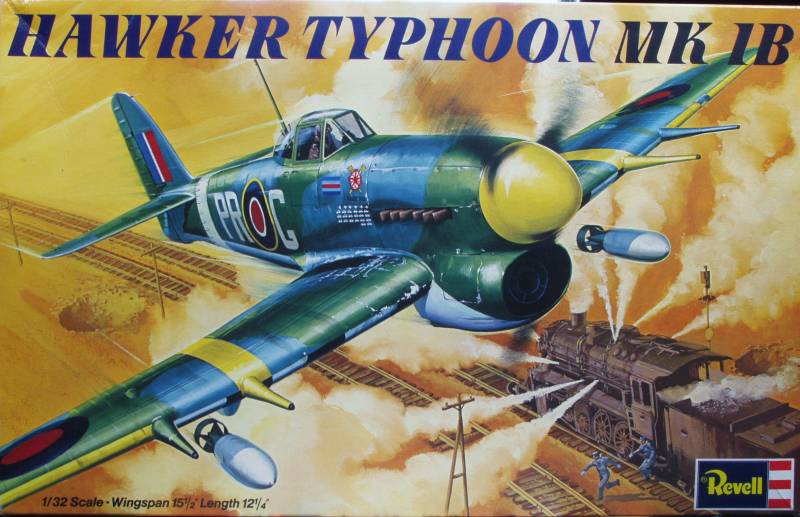
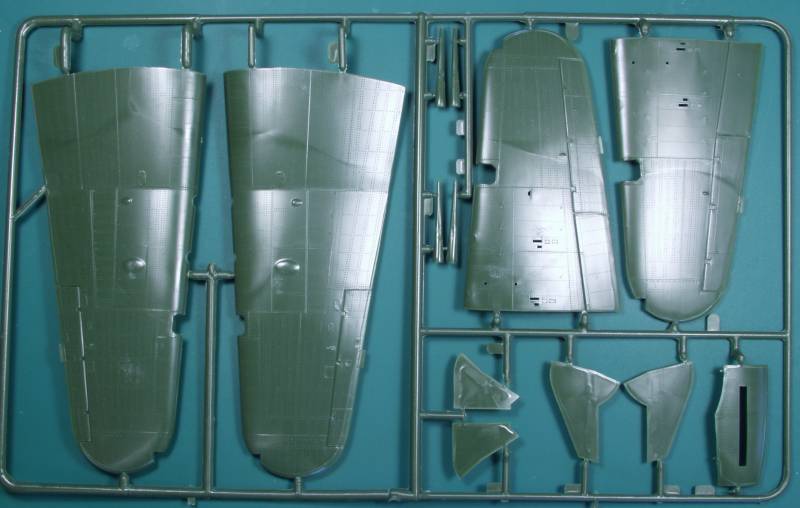
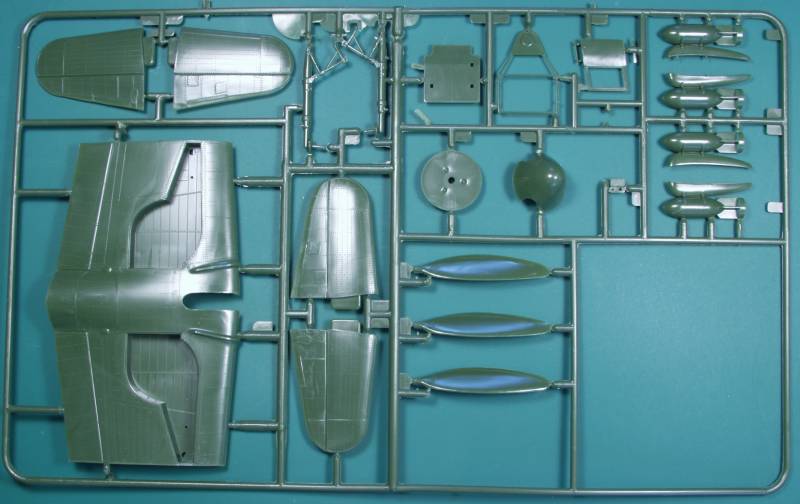
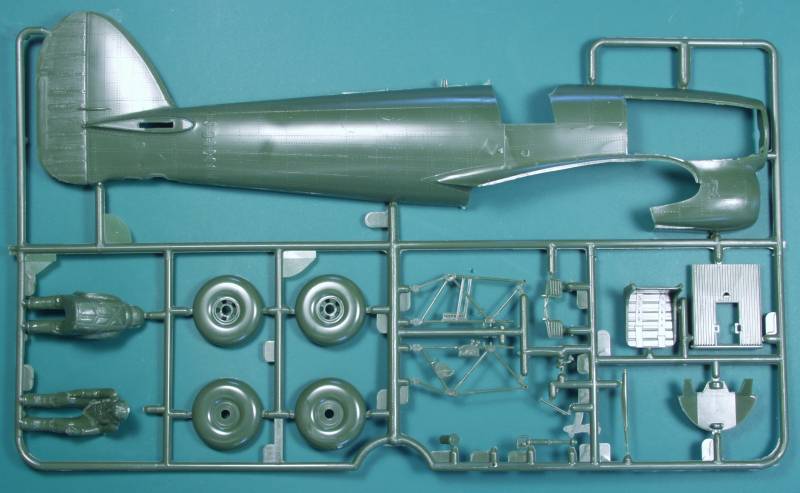
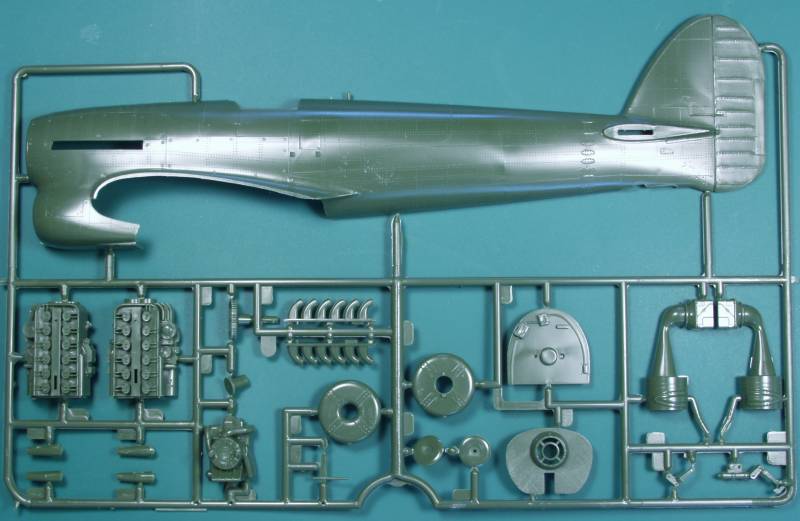
The clear parts
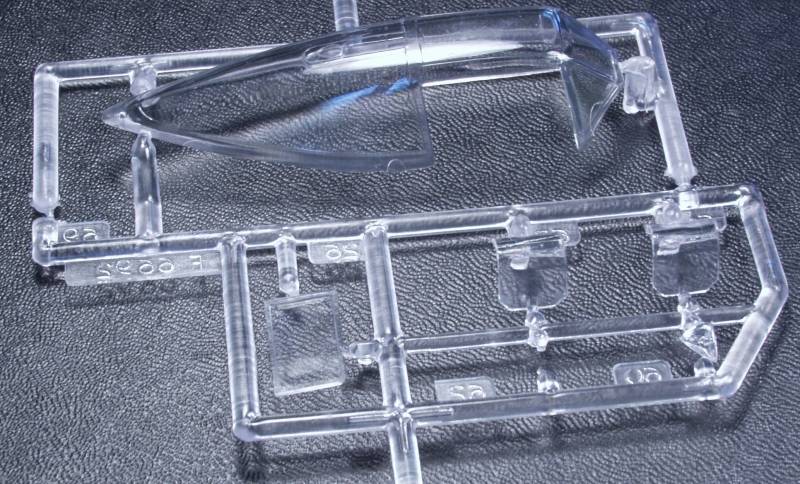
The decals
The instructions
After Market Goodies
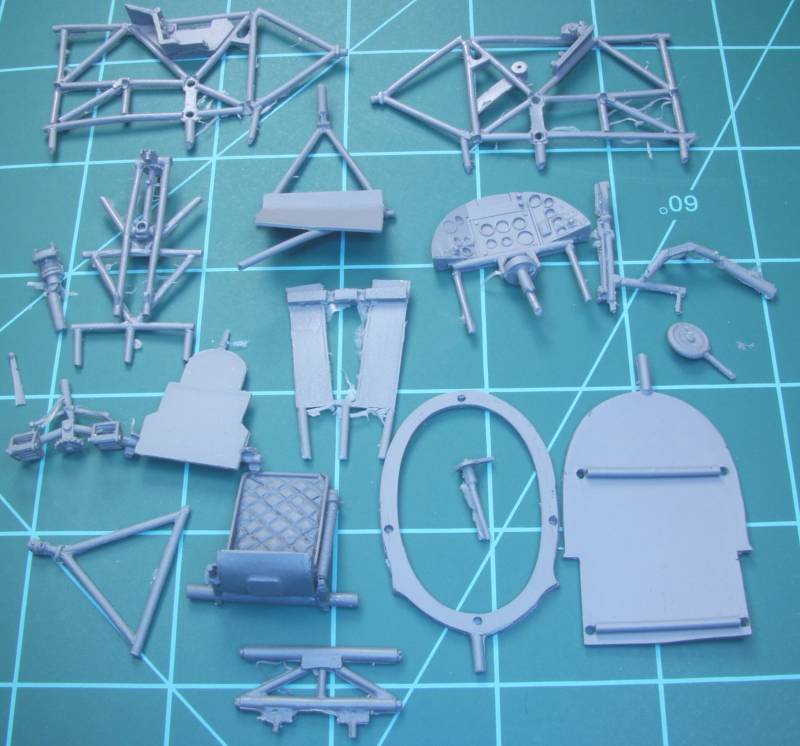
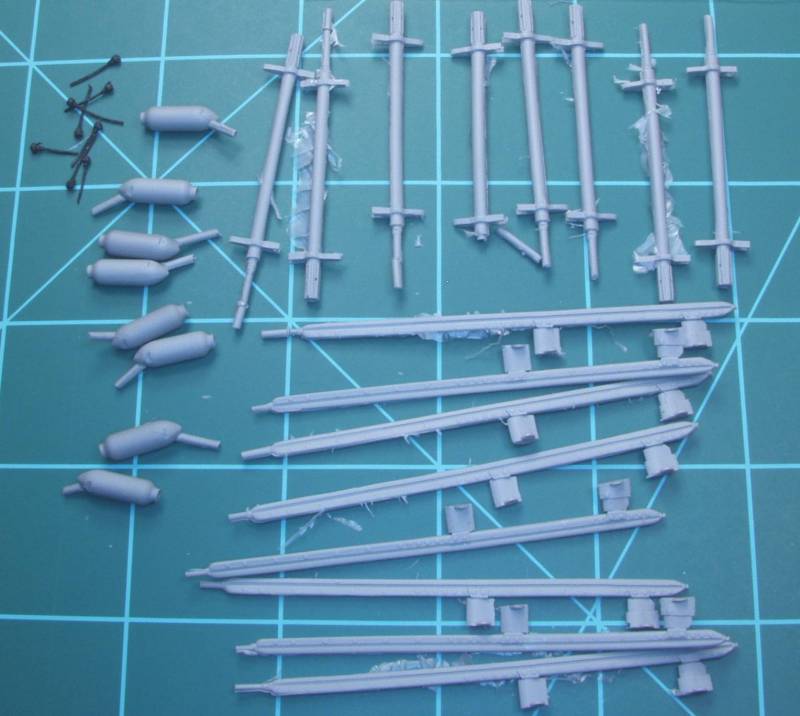
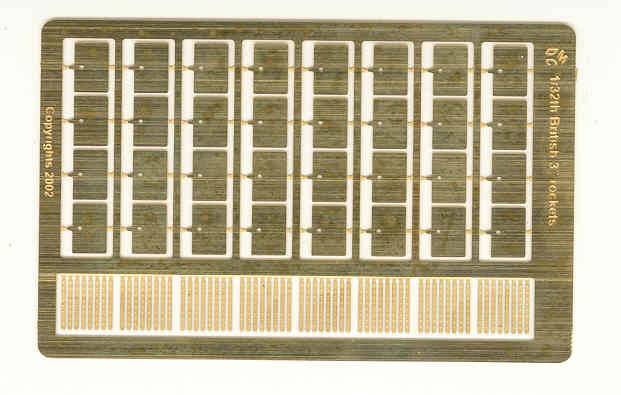
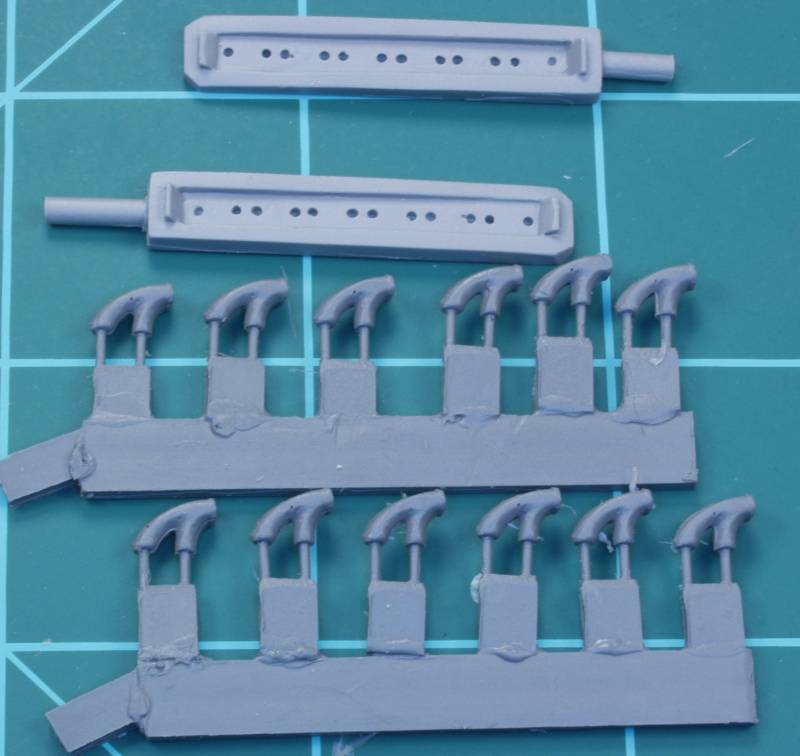
Conclusions
Links to kit build or reviews
A build can be found here.
References
Back to the 1/32 Scale British Aircraft page
Updated 4/29/13